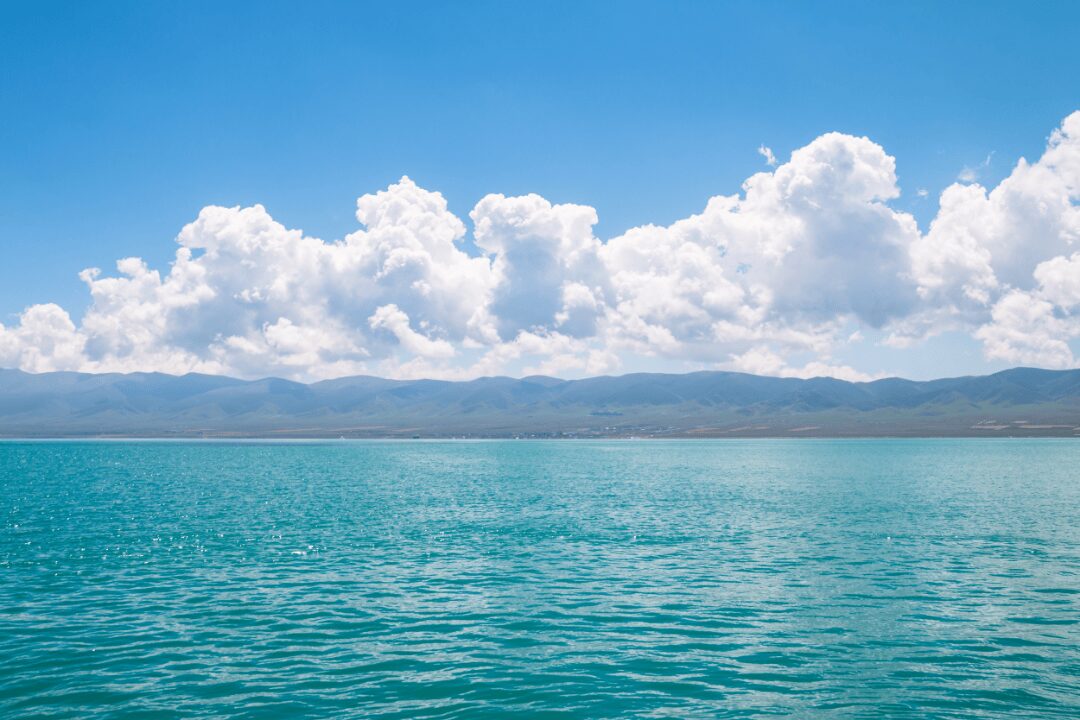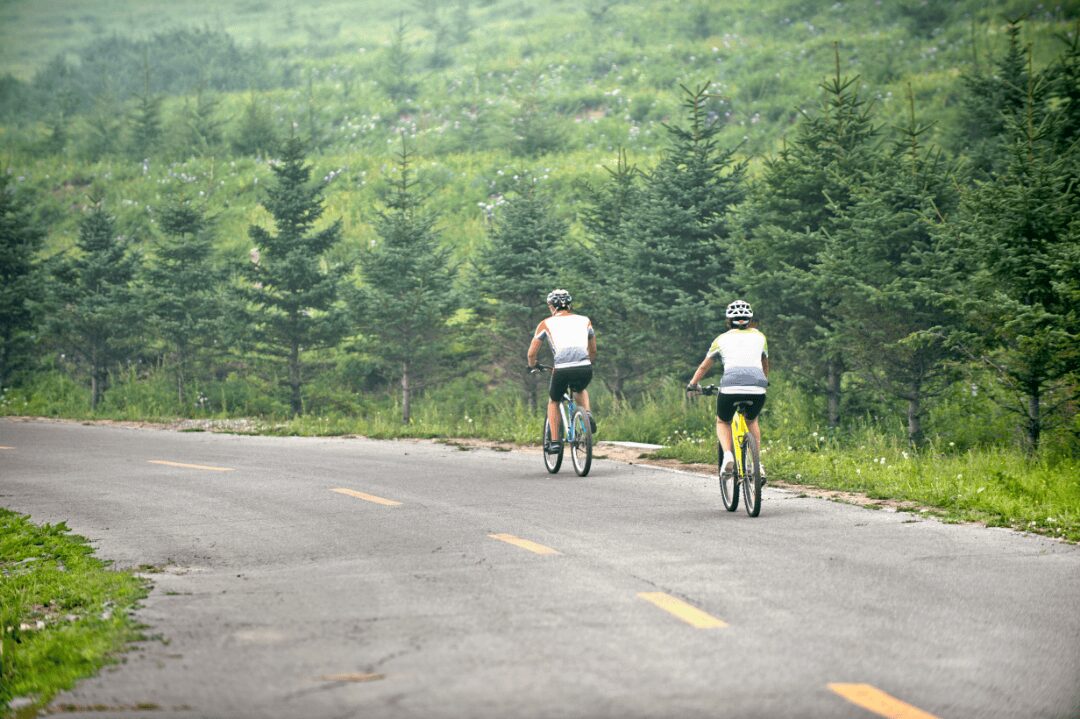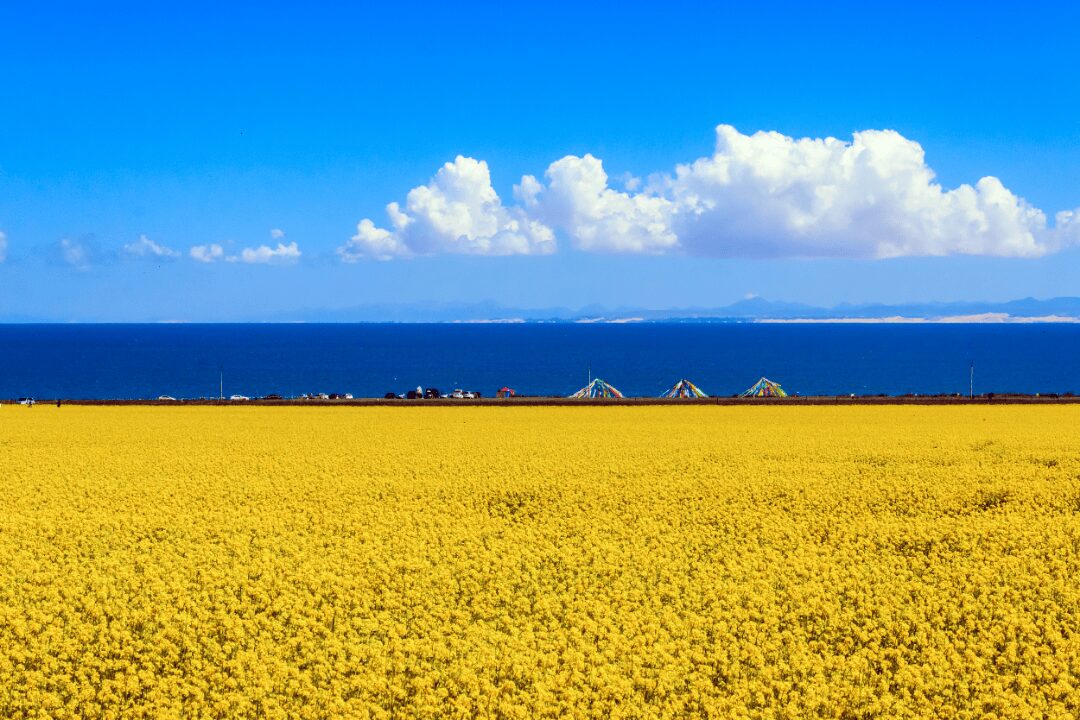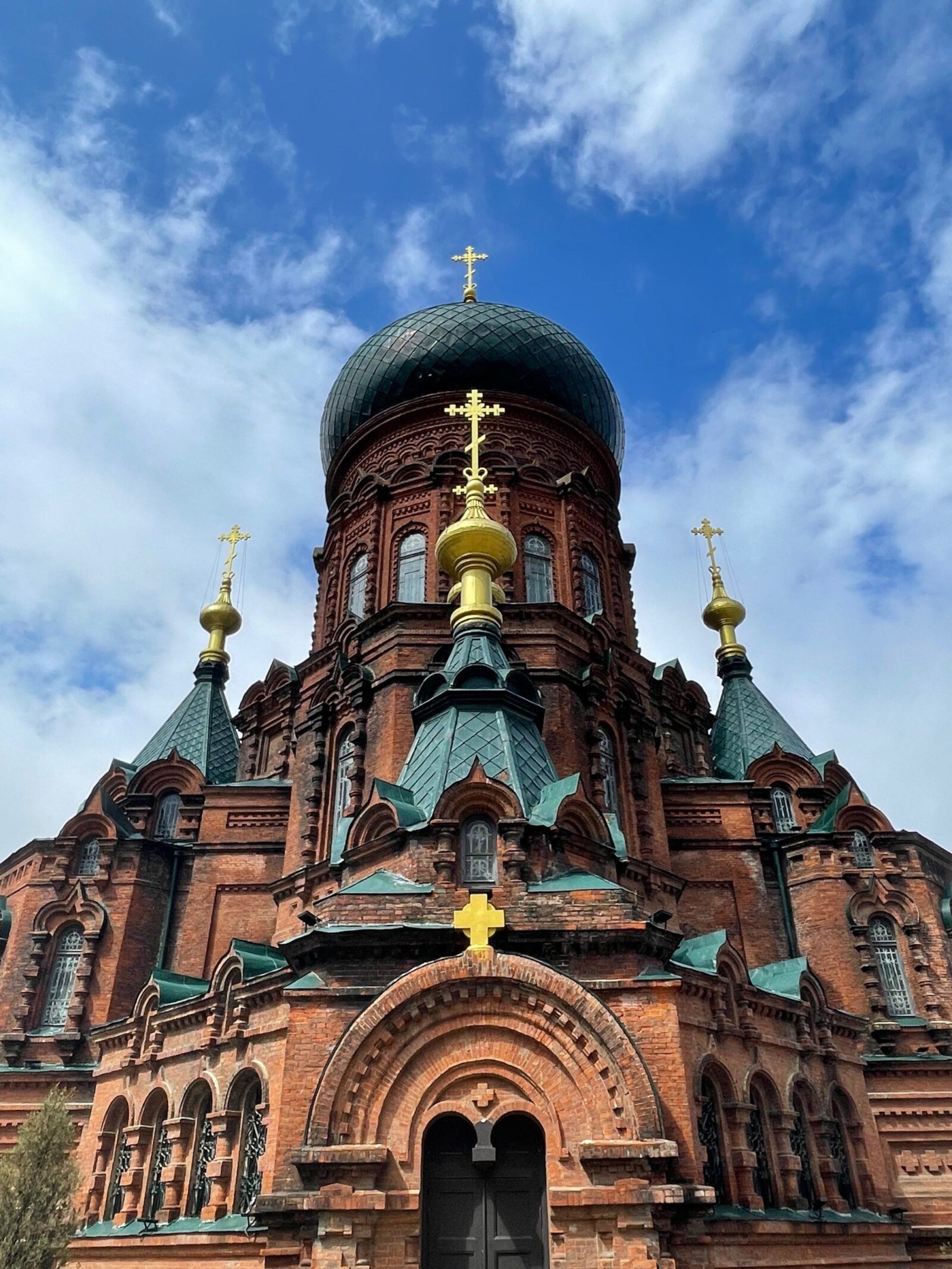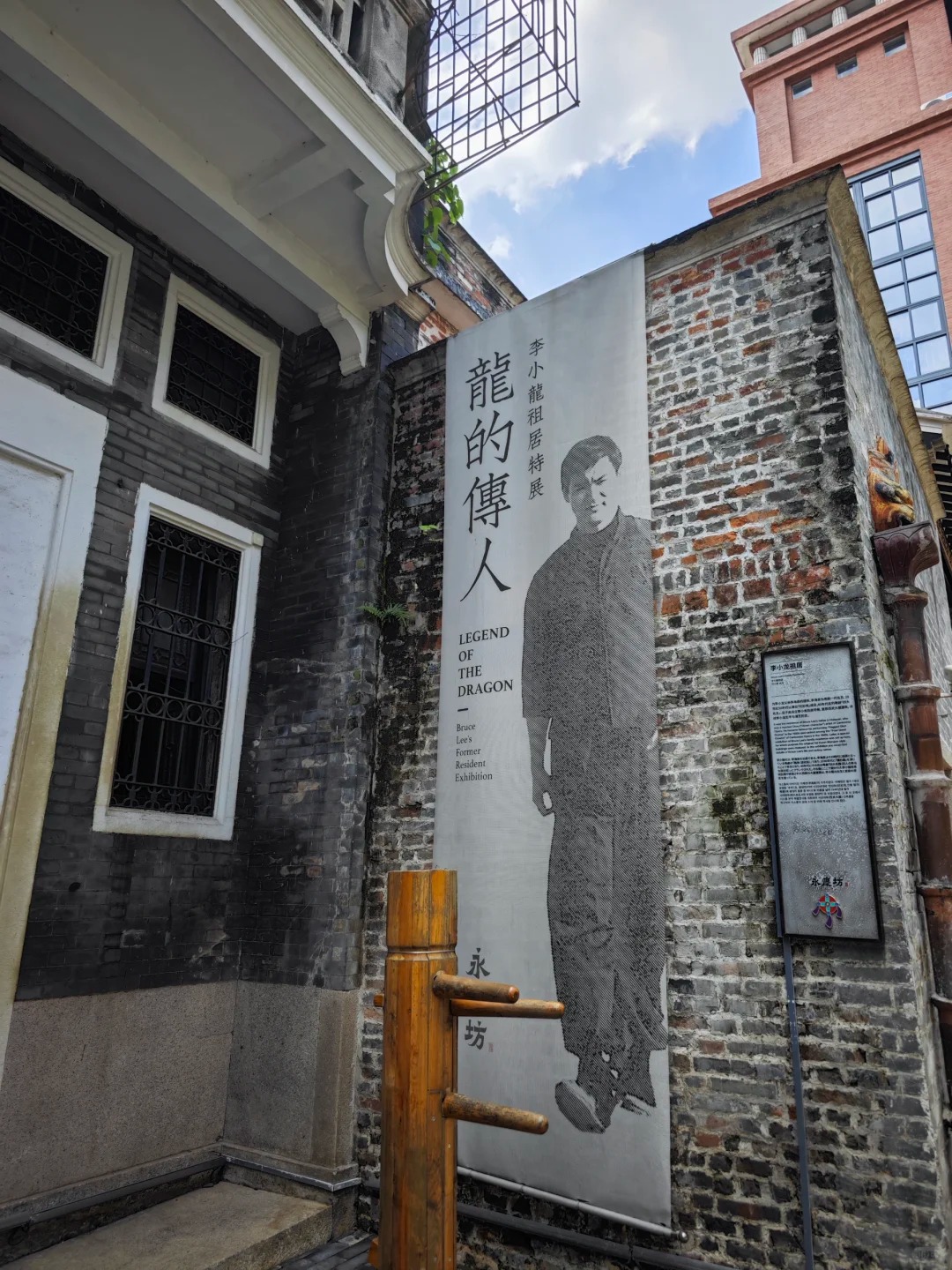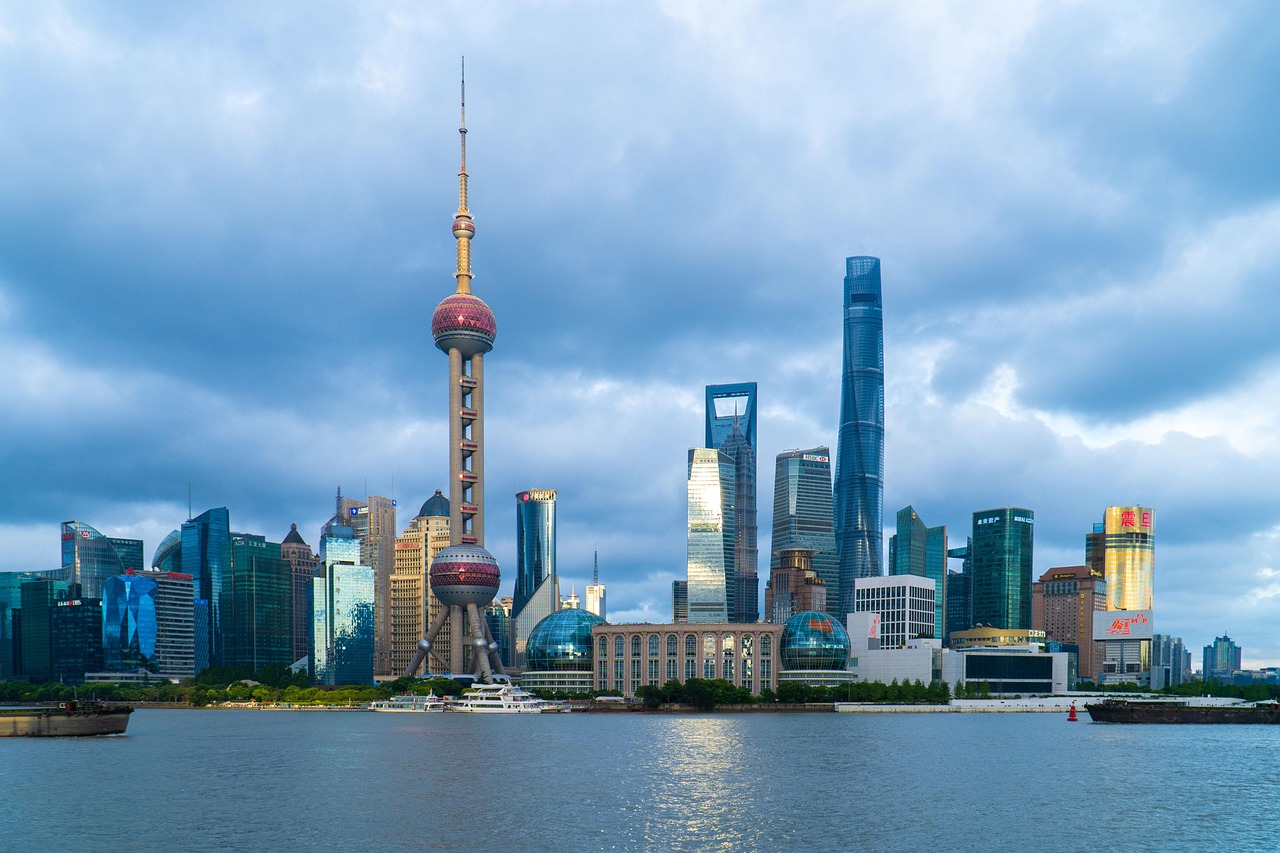Basic Information about Qinghai Lake
Qinghai Lake, situated in the northeastern Tibetan Plateau, is a natural wonder that sits over 3,000 meters above sea level. It is China’s largest inland lake, covering around 4,400 square kilometers. With a unique mix of fresh and salty water, Qinghai Lake’s salinity is approximately 0.2%. The lake’s surrounding landscapes are equally breathtaking, with snow-capped mountains and vast, unspoiled grasslands that stretch out in every direction. The water itself, especially during the early morning and late evening, mirrors the sky, offering some of the most picturesque views you’ll ever see.
What makes Qinghai Lake especially appealing is its cool, refreshing climate. During summer, temperatures hover around 20°C (68°F), providing a pleasant contrast to the scorching heat often found in cities. This is why Qinghai Lake has become a perfect summer getaway for those looking to escape the city heat. The weather is ideal for outdoor activities like cycling, hiking, and birdwatching. But be prepared for colder temperatures during the winter months, with temperatures dropping below freezing.
In addition to its stunning natural beauty, Qinghai Lake is a birdwatcher’s paradise. During the migratory seasons, from spring to autumn, the lake becomes a sanctuary for thousands of birds, including the Tibetan gull and bar-headed geese. For nature lovers and photographers, Qinghai Lake offers an unbeatable combination of fresh air, wild beauty, and the opportunity to capture breathtaking shots of the migrating birds in a spectacular setting. With its serene atmosphere and extraordinary landscapes, Qinghai Lake is a must-visit destination for anyone looking for a truly unique natural experience.
The Mythical Legend of Qinghai Lake
Qinghai Lake’s mystical beauty isn’t just about its sparkling waters and stunning landscapes. It’s steeped in a fascinating legend that has been passed down through generations. According to Tibetan folklore, the lake was created from the tears of a heartbroken princess. The story goes that the princess, deeply in love with a prince from another kingdom, was forced to part with him due to family and political pressure. Devastated, she wandered into the mountains, where she cried for days. Her tears, so vast and sorrowful, eventually turned into the expansive lake you see today.
The lake, known as "Kokonor" in Tibetan, meaning "blue sea," is not just a physical body of water. To the Tibetan people, it represents the enduring connection between humans and the natural world. The story of the princess serves as a reminder of love, sacrifice, and the deep ties to the land. It’s said that the waters of Qinghai Lake hold a mystical power, cleansing the spirit and offering solace to those who visit. Pilgrims travel from far and wide to walk around the lake, paying respects to its sacred history and the enchanting legend that still lingers in the air.
This enchanting myth adds another layer of magic to Qinghai Lake. It’s more than just a beautiful spot to take photos; it’s a place where the stories of old are still alive. The lake, with its tranquil waters and majestic views, seems to whisper the tale of the princess to anyone willing to listen closely. You’ll leave with the feeling that you’ve experienced something truly special, as if the legend itself has touched you.
If Qinghai Lake showed you calm waters, Shangri-La reveals its mirror — Napa Lake Nature Reserve: Shangri-La’s Seasonal Wetland Where Grasslands Meet the Sky.
Explore the Wonders Around Qinghai Lake
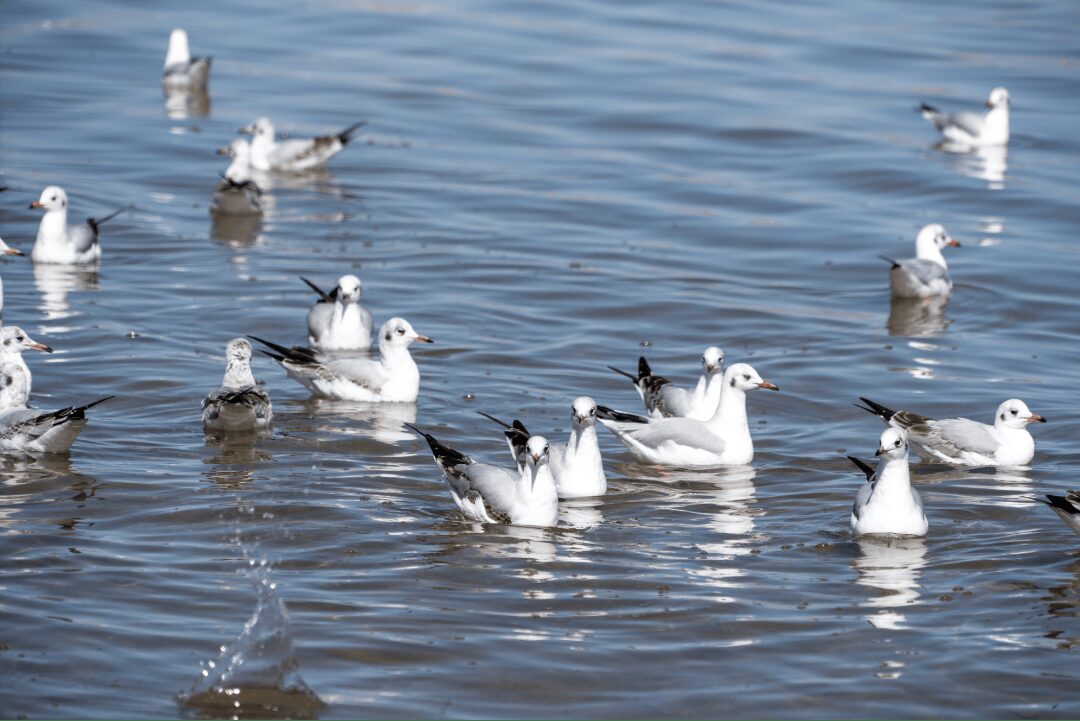
The birds on Bird Island frolic in the lake.
Bird Island: A Paradise for Birdwatchers
Bird Island, located in the northeastern part of Qinghai Lake, is a must-visit for birdwatchers. With over 100 bird species, including the endangered bar-headed goose, the island is one of China’s top birdwatching spots. From May to August, thousands of birds arrive, and the surrounding wetlands provide an ideal environment for nesting.
For the best experience, visit early in the morning or late afternoon when the birds are most active. You'll have a chance to observe their natural behaviors like feeding, nesting, and flight formations. The island is also home to other species, such as the white-tailed eagle and black-necked crane.Beyond birdwatching, Bird Island offers a peaceful retreat with its cool, serene atmosphere, perfect for escaping the summer heat.
Access is limited, as it is a protected area, and tickets range from 60 RMB to 100 RMB depending on the season.You can book tickets through Ctrip or at the entrance, though it’s best to confirm availability in advance, especially during peak migratory seasons.
Erlangjian Scenic Area: Enjoy the Lake Views and Culture
If you're heading to Qinghai Lake, you definitely can’t miss the Erlangjian Scenic Area. Known for its breathtaking panoramic views, this area perfectly combines the beauty of nature with cultural significance. Situated on the southern shores of the lake, Erlangjian features unique rock formations and Tibetan historical sites. With its cool climate, it’s an ideal escape from the summer heat, allowing you to enjoy a peaceful atmosphere and stunning landscapes.
You’ll also find several Tibetan shrines scattered across the area, each adorned with vibrant prayer flags. These shrines provide a glimpse into the local Tibetan way of life. Take a leisurely walk along the lakeside paths and soak in the calm atmosphere while appreciating the beautiful Tibetan architecture. The serene surroundings will make you feel as if you’ve stepped into another world.
For photographers and nature lovers like yourself, Erlangjian offers endless opportunities to capture the beauty of Qinghai Lake and the surrounding mountains. The area is especially popular at sunset, when the sky turns shades of orange and pink, creating a magical scene. If you’re looking for a place to relax, enjoy the views, and escape the summer crowds, Erlangjian is the perfect destination. The entrance fee is usually around 50 RMB.
Sun and Moon Mountain: The Sacred Mountain Overlooking the Lake
Rising as the highest peak around Qinghai Lake, Sun and Moon Mountain, also known as Riyue Mountain, offers sweeping views of the surrounding landscape. This mountain is not only a natural landmark but also holds deep cultural significance in Tibetan traditions. Its name comes from the belief that it embodies both the sun and the moon, symbolizing balance and harmony in Tibetan spirituality.
The mountain isn’t just about the views. It’s also home to several Tibetan temples and shrines, where the air feels calmer and cooler, making it a perfect place to escape the summer heat. Whether you're hiking up for some fresh mountain air or just taking in the breathtaking scenery from the top, you'll find yourself feeling relaxed and in awe of the stunning landscape. The crisp breeze and panoramic views of Qinghai Lake below make it a great spot for some peace and quiet.
And here's the magic: the mountain holds deep religious significance. Pilgrims from all over come to leave prayer flags fluttering in the wind, creating a colorful contrast against the sky. Trust me, the sight of these flags dancing in the breeze, with the sun setting behind them, will have you reaching for your camera. Don’t forget to snap a photo! Entrance fees are usually around 60 RMB.
Loved the stillness of Qinghai Lake? Then don’t skip Sailimu Lake in Xinjiang: Where Snow Peaks Meet Blue Waters and Kazakh Hospitality Feels Like Home.
Dive Into Tibetan Culture Near Qinghai Lake
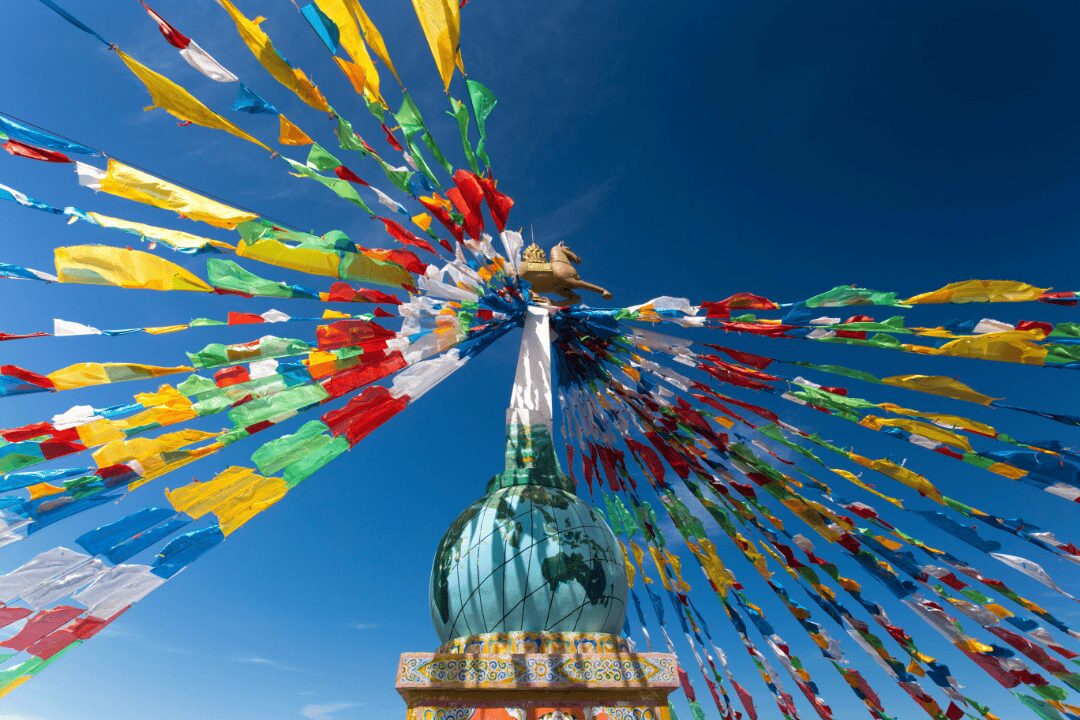
The prayer flags of Qinghai Lake.
Tibetan Villages and Traditions
The Tibetan villages around Qinghai Lake offer you a unique opportunity to experience traditional Tibetan life. In these remote villages, you’ll find traditional stone houses, with colorful prayer flags fluttering in the breeze. The locals are warm and welcoming, often happy to share their culture, customs, and daily life.
The climate in these villages is cool, making it a perfect escape from the hot summer temperatures in the cities. As you stroll through the villages, you’ll naturally feel the tranquility and serenity that come with living close to nature. It’s a chance to slow down, enjoy the surroundings, and experience a way of life that has remained largely unchanged for centuries.
To make the most of your visit, consider joining a guided tour. Local guides can provide in-depth knowledge of the community’s history, beliefs, and way of life, enriching your experience. If you’re traveling with a group, many commercial tour operators offer packages that include visits to Tibetan villages, allowing you to explore local customs while enjoying a more immersive experience. These tours often include visits to local homes, where you may even be invited to enjoy traditional meals or drinks. Alternatively, if you prefer a more flexible experience, you can hire a local guide who can take you on a more personalized and intimate exploration of these villages.
Tibetan Culinary Experience
Tibetan cuisine offers a wonderful mix of bold, rich flavors that reflect the rugged, high-altitude environment of the Tibetan Plateau. A must-try dish, especially for those unfamiliar with Tibetan food, is yak butter tea (po cha). It’s made by blending yak butter, tea, and salt—while it’s a bit of an acquired taste, it’s a part of the Tibetan culture that you can’t miss. For those who prefer something milder, you can also try sweet tea (cha), which is made with tea and sugar, a refreshing alternative for people who like their drinks on the sweeter side.
For a more substantial meal, hand-pulled lamb is a fantastic option. The lamb is tender and flavorful, often paired with Tibetan flatbread (roti) that has a slightly chewy texture, perfect for soaking up the savory juices of the meat. If you're a fan of stews, you can also try tsampa stew, made from roasted barley flour and flavored with mild spices, perfect for those who enjoy hearty, filling meals that aren't too spicy.
While these dishes might be a bit different from Western food, they offer a fresh and delicious taste of Tibetan culture. You’ll also find that Tibetan meals often come with dairy products like cheese (chura) and yogurt, which have a creamy texture and are perfect to balance out the stronger flavors. The cool, crisp air around Qinghai Lake makes these warming, comforting meals even more enjoyable, especially after a day of exploring the region.
If you want to truly immerse yourself in the local cuisine, consider booking a food tour. It will take you to discover hidden culinary gems in the area, offering a deeper understanding of the significance of the food and the traditions behind it.
Ta'er Monastery: A Cultural Confluence of Tibetan Buddhism and Qinghai Lake
Not far from Qinghai Lake, Ta'er Monastery stands as a significant cultural and religious site. As one of the most important Tibetan Buddhist monasteries in the region, it’s renowned for its remarkable architecture, stunning murals, and tranquil atmosphere. Founded in the 16th century, the monastery provides a living testament to Tibetan Buddhist traditions and offers a unique experience for those seeking to explore Tibetan spirituality.
As you wander through the monastery, you’ll be greeted by the sound of monks chanting and the sight of vibrant murals that depict Buddhist teachings. These murals aren’t just artistic—they're windows into the deep spirituality and beliefs of the Tibetan people. The Tibetan architecture, with its bright colors and intricate details, adds another layer of beauty to the site.
Visitors can also participate in the monastery’s prayer ceremonies, which is a great opportunity to witness Tibetan Buddhist rituals firsthand. When visiting, it's important to dress modestly—long sleeves and covered shoulders are a must, as a sign of respect for the sacred space. The monastery’s serene atmosphere makes it the perfect place to pause, reflect, and soak in the spirituality of the place.
If you're curious about the history or symbolism behind the murals and architecture, consider hiring a guide. Most guides speak English and are happy to explain the significance of what you’re seeing. It’s an informative way to connect with the monastery’s rich cultural and spiritual history. The views of the surrounding mountains are an added bonus, offering a stunning backdrop for your visit. Entrance fees are generally around 40 RMB.
Top Experiences You Can’t Miss at Qinghai Lake
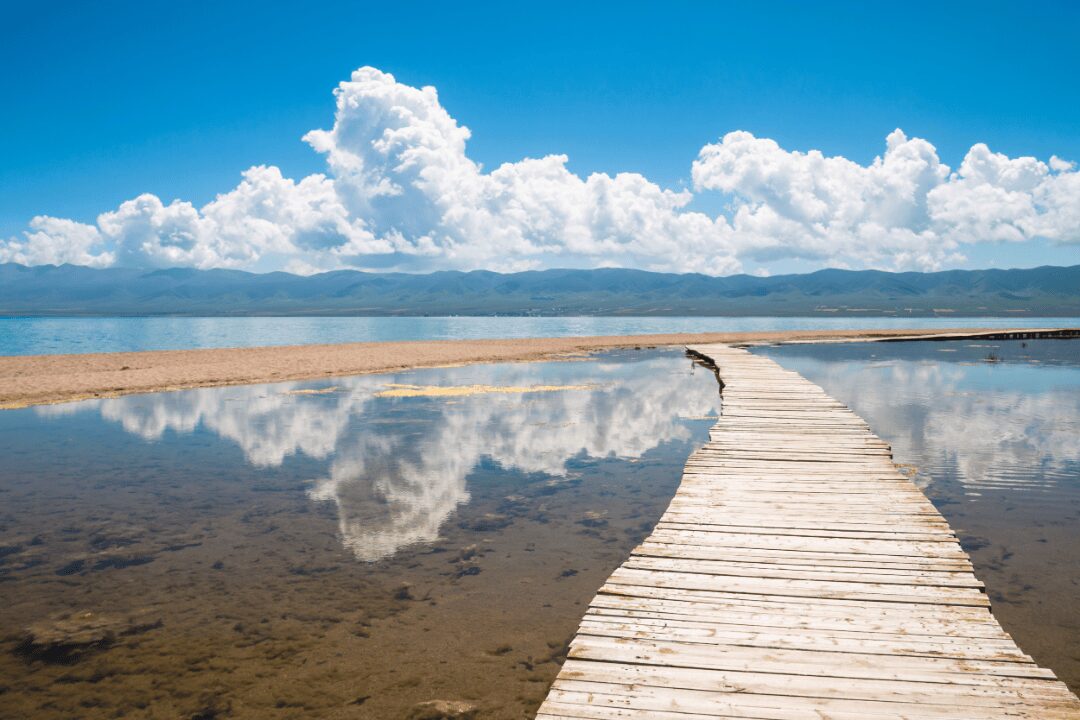
Top Experiences You Can’t Miss at Qinghai Lake
Cycling Around the Lake
Cycling around Qinghai Lake is a fantastic way for you to experience its stunning beauty. With a circumference of around 360 kilometers, you’ll have plenty of scenic routes to choose from, offering breathtaking views of both the lake and the surrounding mountains. The cool air around the lake makes it a refreshing escape, especially when compared to the heat you might find in the cities.
Since Qinghai Lake sits at over 3,000 meters above sea level, it's important for you to take it slow at first and let your body adjust to the altitude. Drink plenty of water, pace yourself, and listen to your body—this will help you avoid any discomfort. The majority of the route is flat, with only a few moderate hills, so it’s suitable for all kinds of riders. Just make sure to wear comfortable clothing, bring a light jacket for the wind, and don’t forget to wear a helmet for safety.
Along the way, you’ll pass through Tibetan villages, where you can stop to rest and even chat with locals. Many cyclists enjoy this opportunity to experience Tibetan life and culture firsthand. Remember to be respectful, and always ask for permission before taking photos of people or their property.
Renting a bike is simple, with plenty of rental shops around the lake. Prices typically range from 40 RMB to 100 RMB per day. It’s a good idea to bring your own water and snacks, as well as a small repair kit for any bike issues. Whether you plan to cycle the whole loop or just a section of the lake, it’s a wonderful way for you to enjoy the breathtaking scenery at your own pace.
Hiking and Exploration
If you're looking to explore Qinghai Lake up close, hiking is a fantastic way for you to take in the natural beauty of the area. The surrounding mountains offer a range of trails that cater to different levels of experience, from easy walks along the lake’s edge to more challenging hikes up the surrounding peaks. The cool, crisp air makes hiking particularly enjoyable, especially during the summer months when other areas may feel too hot.
As you hike, you’ll be treated to spectacular views of the lake, the vast Tibetan Plateau, and the snow-capped mountains in the distance. Many trails take you through Tibetan villages, where you can experience the local culture and connect with people living in one of the world’s most remote regions. You might even come across traditional Tibetan prayer wheels or small shrines along the way, offering a glimpse into the region’s rich spiritual practices.
Hiking around Qinghai Lake is not just about physical activity—it’s also about finding moments of peace and connection with nature. If you're up for a longer hike, there are routes that circle parts of the lake, giving you an opportunity to enjoy the stunning landscapes in all their glory. Don’t forget to bring plenty of water, wear proper footwear, and take your time to fully appreciate the surroundings.
A Photographer’s Paradise
If you're into photography, Qinghai Lake will feel like paradise. The stunning landscapes here, combined with the soft light and serene atmosphere, make it an amazing place to capture some truly breathtaking shots. From the vivid colors of the sunrise to the warm, golden hues of the sunset, you'll find endless photo opportunities.
The contrast between the deep blue of the lake and the snow-capped mountains makes for incredible compositions. Whether you're taking wide-angle shots of the entire scene or zooming in on the delicate details of plants and wildlife, Qinghai Lake has so much to offer. And don't forget the Tibetan villages—these areas, with their stone houses and colorful prayer flags, provide a perfect glimpse into the region's culture and traditions.
The climate around the lake is ideal for photography, especially during the early morning or late afternoon when the light is soft and beautiful. Make sure to bring your camera and be ready to explore the hidden gems that Qinghai Lake offers. Whether you're an amateur or a pro, this place will surely inspire your creativity.
That being said, be mindful of where and what you're photographing. Some places, like Ta’er Monastery, have restrictions, especially in prayer halls or during religious ceremonies. It's best to avoid taking photos inside the temple or during rituals. Also, respect the privacy of local people—before snapping a photo of a person or their property, always ask for permission.
Some areas around the lake, especially nature reserves, may restrict photography to preserve the environment and protect wildlife. If you're unsure whether it's okay to take photos, just check for signs or ask the locals. This way, you can enjoy your photography while respecting the area's rules.
Personal Memory: Unforgettable Moments at Qinghai Lake
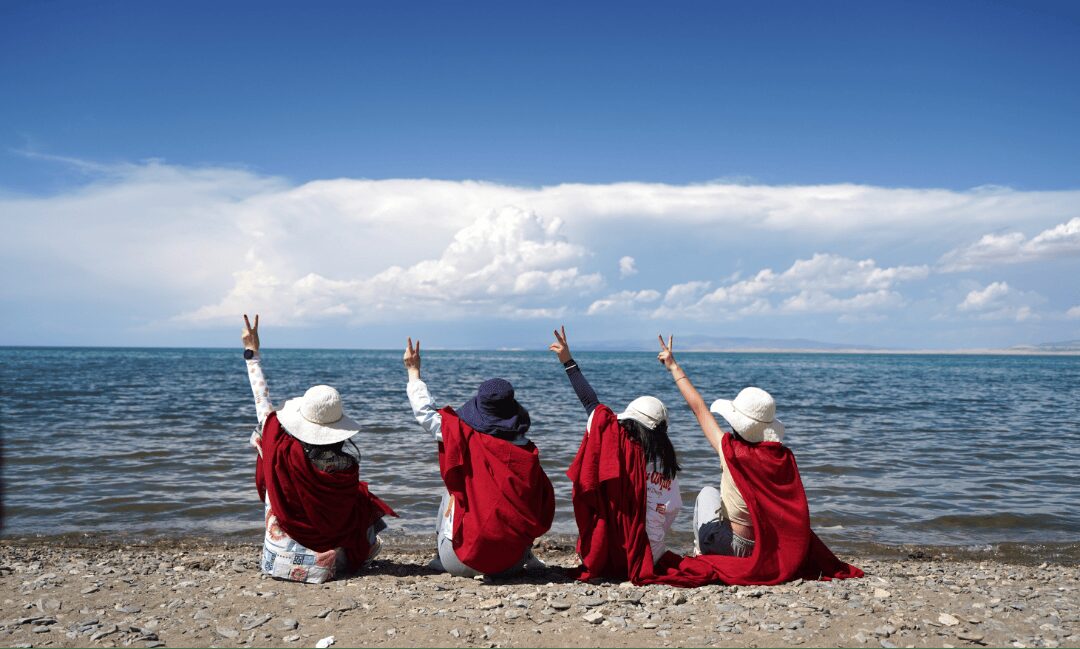
Personal Memory: Unforgettable Moments at Qinghai Lake
